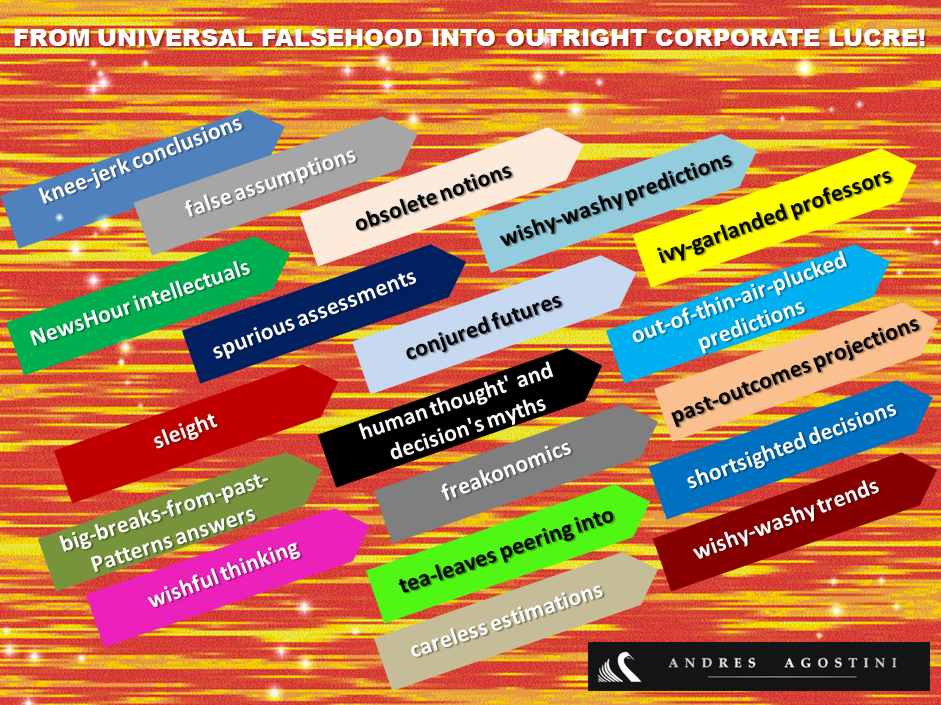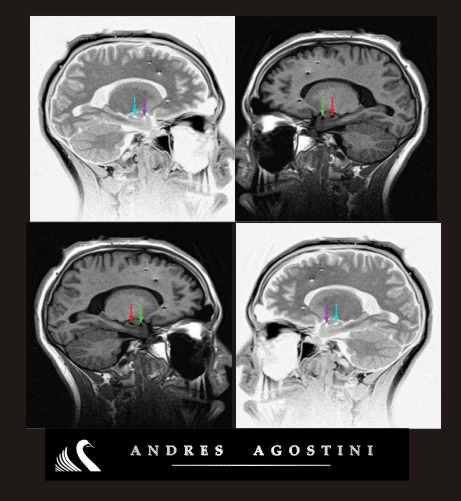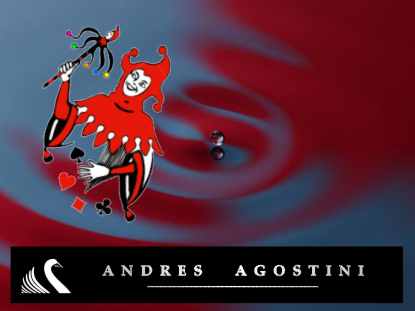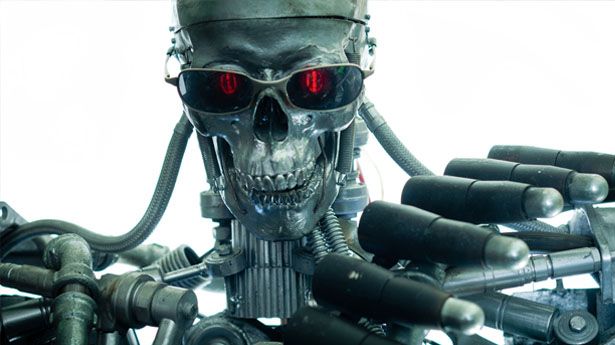Aug 25, 2014
Are we strategically surprised on August 26, 2014? The Fifteen Ignored Flanks for 40 Years!
Posted by Andres Agostini in category: futurism
A 93% of the inhabitants of the used-to-be developed world has, for forty decades, gravely violating the ensuing timeless imperatives of the wisdom.
All of the present content available in this Article is an except quoted from Mr. Agostini’s White Swan book. HOW TO FUNDAMENTALLY SOLVE THIS CHALLENGE, IT ALSO ADDRESSED, AT GREAT LENGTH, IN THE PRECEDING BOOK.
THE FIFTEEN IGNORED FLANKS FOR 40 YEARS (BRIEFEST LIST):


















